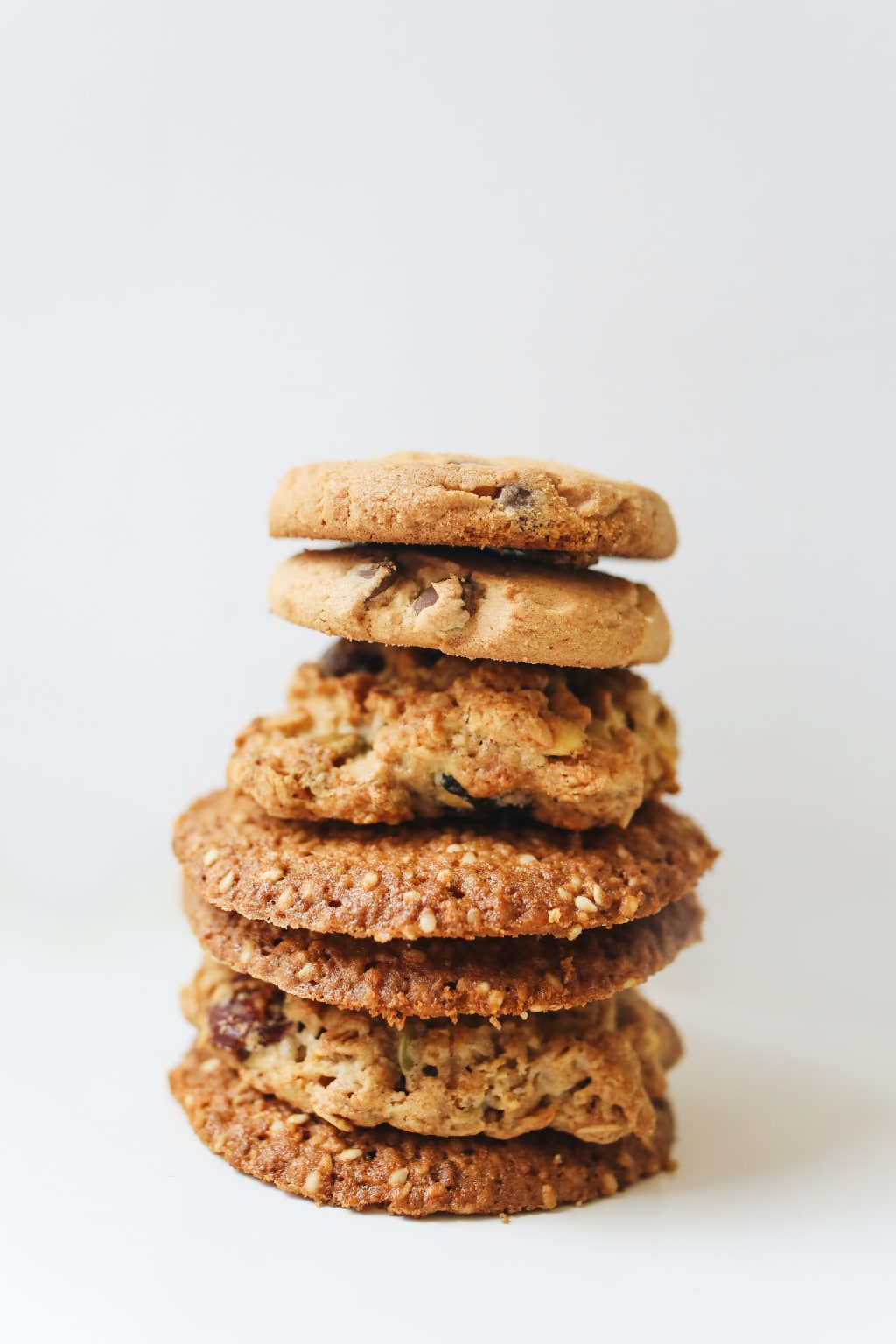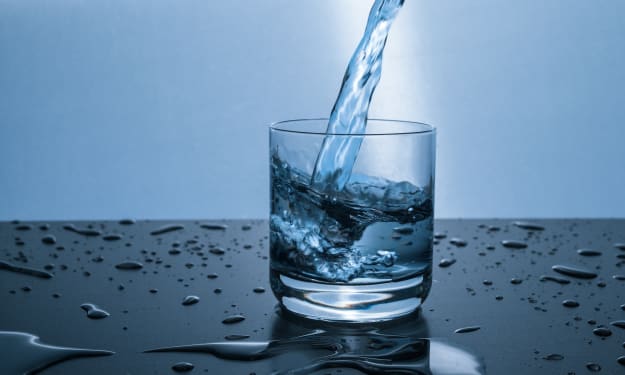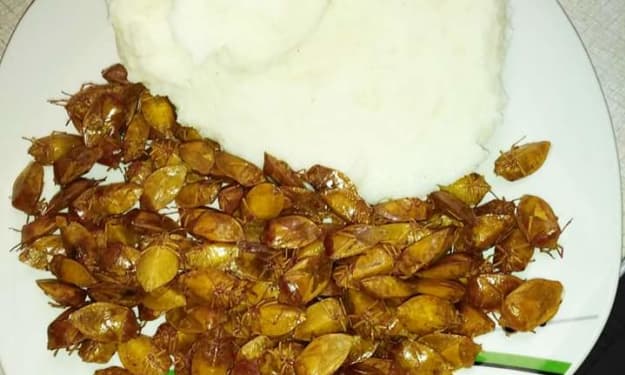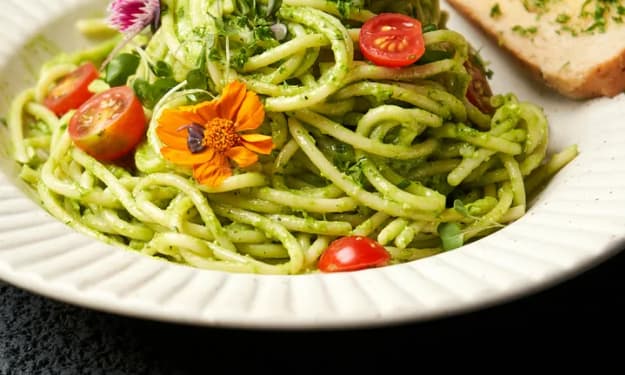Cookies' Chemical Composition
A look of cookies' chemistry

A dish of warm, gooey cookies appears when cookie dough is placed in the oven. It's science, not magic, though. Stephanie Warren discussed how the dough expands out, at what temperature we can kill salmonella, and why that mouthwatering aroma coming from the oven means the cookies are ready for consumption using fundamental principles of chemistry.
It appears to be an animated creature in a time-lapse video. It remains motionless there for a short while. Then its surface starts to waver. It protrudes outward and is covered in strange blisters. Its volume triples. Its surface hardens into an alien topography of peaks and craters as its color darkens menacingly. The kitchen timer then goes off. Your prepared cookie. What took place in that oven? Don't be fooled by the apron!
A crazy scientist is a baker. When you place the baking pan in the oven, you're igniting a chain of chemical processes that turn dough into cookies. The butter inside the dough melts around 92 degrees Fahrenheit, which causes the dough to begin spreading. In this scenario, water and fat are mixed with some dairy solids to help hold them together to form butter, which is an emulsion, or mixing of two things that don't want to stay together. The trapped water in the butter is released as it melts.
Additionally, the water expands into steam when the cookie heats up. Like the chest-bursting extraterrestrial from Ridley Scott's film, it pushes against the cookie walls from the inside while attempting to escape. Salmonella bacteria may have been living in your eggs. This method of infection is thought to infect 142,000 Americans yearly. Salmonella can endure the cold and even weeks without a living host, but 136 degrees is too hot for them. They stop existing when your dough reaches that temperature.
You'll be alive to try your luck with a sneaky taste of raw dough from your subsequent batch. The proteins in your dough, which are primarily derived from the eggs, begin to alter at 144 degrees. Numerous different types of proteins, each of which is temperature-sensitive, make up eggs. These proteins resemble curled up balls of string in a freshly laid egg. The protein strings expand and entangle with one another when they are subjected to heat energy. The runny egg becomes practically solid due to its connected structure, providing the soft dough solidity.
At 212 degrees, water begins to boil, and as mud bakes in the sun, your cookie dries out and stiffens. Its surface has numerous cracks. As the steam that was bubbling inside disappears, airy pockets are left behind, giving the cookie its light and flaky texture. Your leavening agent, sodium bicarbonate or baking soda, aids in this process. Your cookie will have airy pockets because of the sodium bicarbonate's reaction with the dough's acids to produce carbon dioxide gas. It's almost time for a nice dip in a glass of milk to rejuvenate. At 310 degrees, one of science's most delicious reactions takes place.
For Maillard processes, this temperature is appropriate. Proteins and carbohydrates break down and rearrange themselves as a result of maillard reactions, creating ring-shaped structures that reflect light to give meals like Thanksgiving turkey and hamburgers their distinctive, deep brown color. As this interaction takes place, a variety of flavor and fragrance molecules are produced. These compounds then interact with one another to produce even more complex tastes and odors.
The final internal reaction in your cookie is caramelization. High heat causes sugar molecules to disintegrate, creating the sweet, nutty, and somewhat bitter taste components that make caramel, well, caramel. In fact, since caramelization begins at 356 degrees, if your recipe specifies for a 350 degree oven, it will never happen.
You might have set your oven to 310 degrees if you want your ideal cookie to be barely browned, like a Northeasterner on a beach vacation. Turn increase the heat if you wish your cookies to have a lovely tan. Up to 390 degrees, caramelization is still occurring. And here's another trick: your nose is a delicate scientific instrument, so you don't need that kitchen timer. Your cookies are done when you can smell the toasted, nutty flavors of the caramelization and Maillard process. Take a sip of your milk, kick your feet up, and consider how enjoyable science may be.
About the Creator
Althea March
I am a writer who searches for facts to create compelling nonfictional accounts about our everyday lives as human beings, and I am an avid writer involved in creating short fictional stories that help to stir the imagination for anyone.






Comments
There are no comments for this story
Be the first to respond and start the conversation.